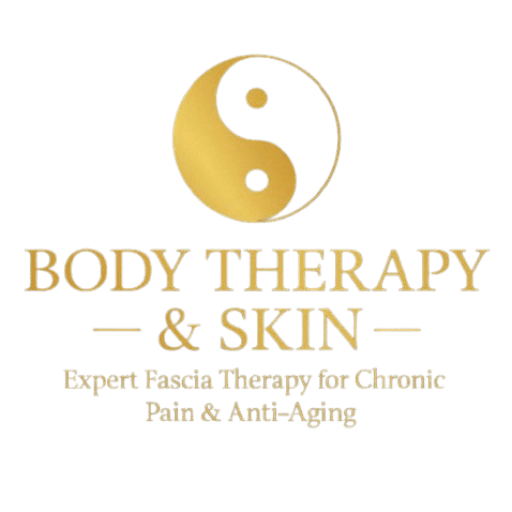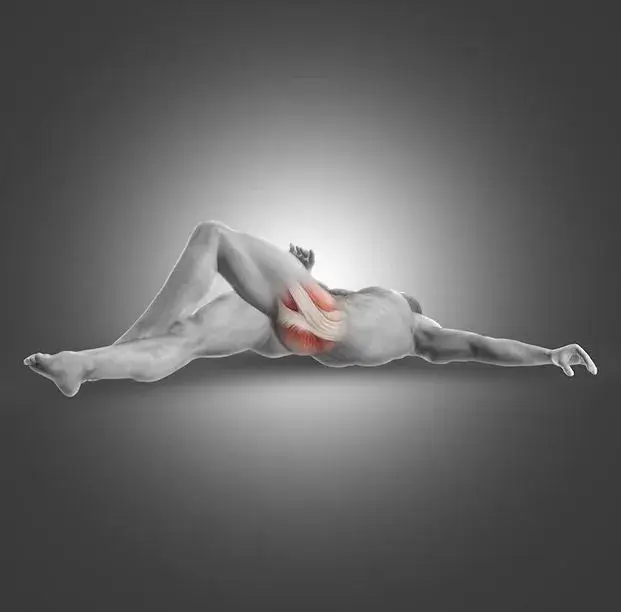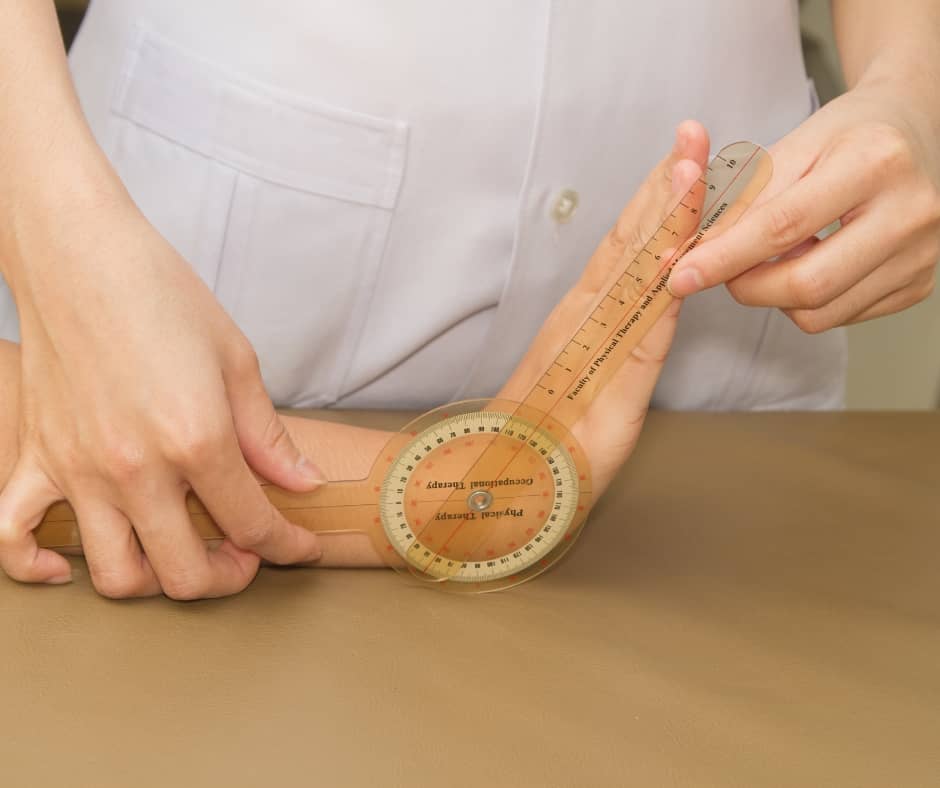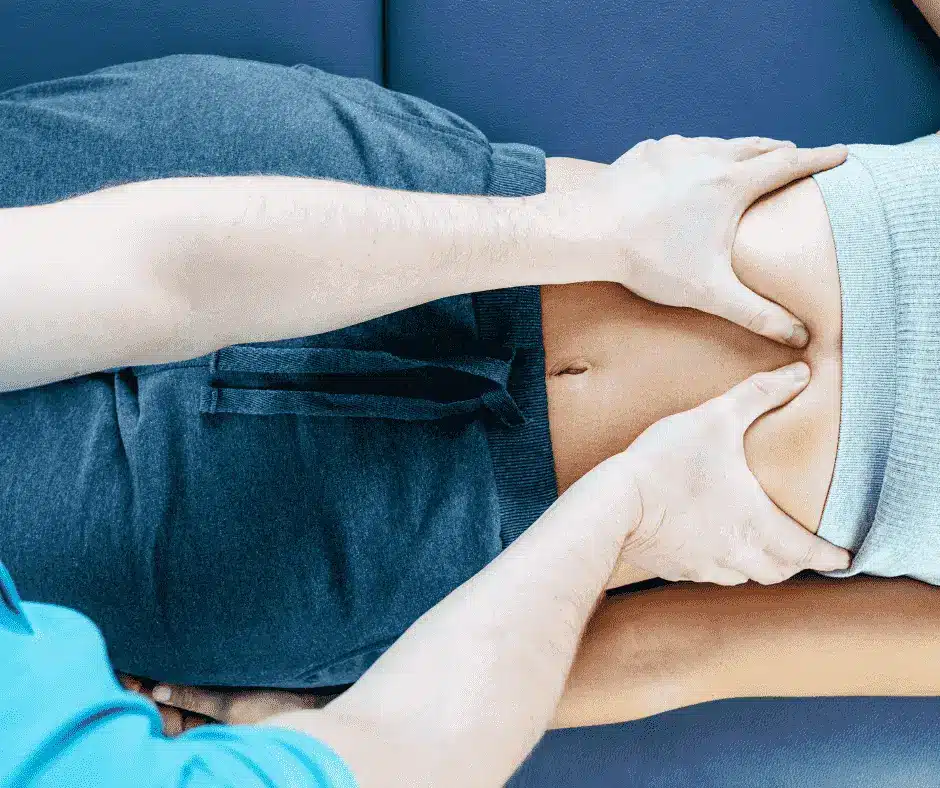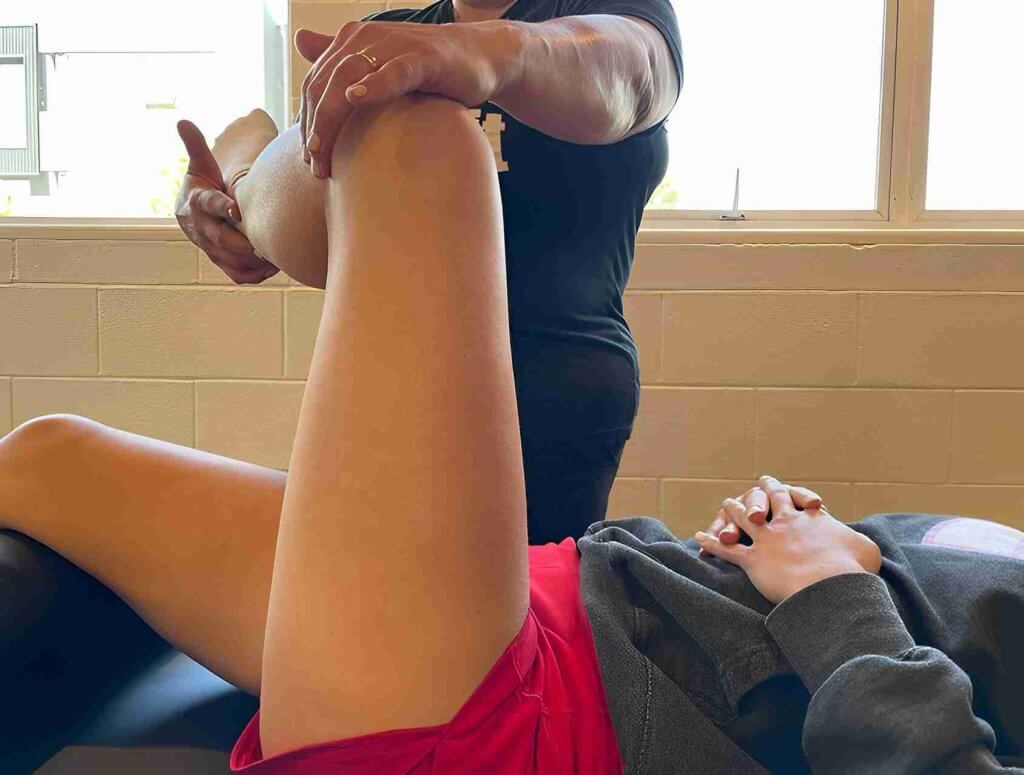Assisted Stretching Guide: Unlocking the Power of Flexibility
Welcome to the ultimate Assisted Stretching Guide, your go-to resource for unlocking the power of flexibility. In this comprehensive Assisted Stretching guide, we will explore the benefits of assisted stretching, provide step-by-step instructions for various stretches, and address frequently asked questions to ensure you have all the information you need to incorporate assisted stretching into your fitness routine. Assisted Stretching Guide Assisted stretching is a technique that involves using a partner or a stretching aid to help facilitate deeper stretches and improve flexibility. This form of stretching is highly effective in increasing range of motion, preventing injuries, and enhancing overall athletic performance. Whether you’re an athlete, a fitness enthusiast, or someone looking to improve their flexibility, the assisted stretching guide will serve as your roadmap to success. The Benefits of Assisted Stretching The Benefits of Assisted Stretching go beyond increased flexibility. Let’s take a closer look at some of the key advantages: Improved Range of Motion: Assisted stretching helps lengthen muscles and tendons, increasing your overall range of motion. This increased flexibility can enhance your performance in various physical activities and daily movements. Injury Prevention: By improving flexibility, assisted stretching helps prevent injuries. It allows your muscles to move more freely and reduces the risk of strains, sprains, and muscle imbalances. Enhanced Athletic Performance: Assisted stretching can directly impact athletic performance. By increasing your range of motion, you can achieve more efficient and powerful movements, resulting in improved performance in sports and physical activities. Reduced Muscle Soreness: Engaging in assisted stretching after a workout can help alleviate muscle soreness and aid in recovery. Stretching helps flush out lactic acid and other metabolic byproducts that contribute to post-exercise soreness. Relaxation and Stress Relief: Assisted stretching promotes relaxation by stimulating the parasympathetic nervous system, which counteracts the stress response. It can help relieve tension, improve circulation, and promote a sense of well-being. Assisted Stretching Techniques Now that we understand the benefits of assisted stretching let’s explore various techniques that you can incorporate into your routine. Remember, it’s important to listen to your body and never push beyond your limits. Start with gentle stretches and gradually increase intensity as your flexibility improves. Static Assisted Stretching Static stretching involves holding a stretch for an extended period, typically around 20-30 seconds. This technique is commonly used for improving flexibility and is an excellent starting point for beginners. To perform a static assisted stretch: Sit or lie down in a comfortable position. Engage your partner or use a stretching aid to help you deepen the stretch. Slowly move into the stretch until you feel a gentle pull in the targeted muscle group. Hold the stretch for 20-30 seconds while maintaining steady breathing. Release the stretch slowly and repeat on the other side if applicable. Static assisted stretching is beneficial for increasing flexibility in major muscle groups such as hamstrings, quadriceps, and shoulders. Proprioceptive Neuromuscular Facilitation (PNF) PNF stretching is a more advanced technique that involves a combination of stretching and contracting muscles. It is highly effective in improving flexibility and increasing range of motion. To perform a PNF stretch: Assume the starting position for a static stretch. Engage your partner or use a stretching aid to help facilitate the stretch. Contract the targeted muscle group for 5-10 seconds, applying resistance with your partner or the stretching aid. Relax the muscle and move deeper into the stretch while your partner or the stretching aid assists. Hold the stretch for 20-30 seconds. Release the stretch slowly and repeat on the other side if applicable. PNF stretching is particularly beneficial for increasing flexibility in muscles that are prone to tightness, such as the hip flexors and hamstrings. Active Assisted Stretching Active assisted stretching combines active movements with assistance from a partner or stretching aid. This technique helps improve flexibility while also engaging the muscles being stretched. To perform an active assisted stretch: Assume the starting position for the stretch. Engage your partner or use a stretching aid to assist with the movement. Move actively into the stretch, using your muscles to initiate the movement. Allow your partner or the stretching aid to assist in deepening the stretch. Hold the stretch for 20-30 seconds while maintaining steady breathing. Release the stretch slowly and repeat on the other side if applicable. Active assisted stretching is excellent for improving dynamic flexibility and preparing the body for movements in various sports and physical activities. Conclusion Congratulations! You’ve now become acquainted with the fundamentals of assisted stretching through this comprehensive guide. At Body Therapy and Skin, located in Manhattan Beach, CA, we understand the importance of assisted stretching in optimizing your health and wellness. Our team of trained professionals is dedicated to providing you with the highest quality of care and guidance in your assisted stretching journey. Don’t let tight muscles and limited range of motion hold you back. Embrace the power of assisted stretching at Body Therapy and Skin and discover a whole new level of flexibility and vitality. Contact us today to book your assisted stretching session and experience the transformative effects for yourself F.A.Q. Is assisted stretching suitable for everyone? Assisted stretching is generally safe for individuals of all fitness levels. However, it’s essential to consider any pre-existing medical conditions or injuries. If you have specific concerns, consult with a healthcare professional before incorporating assisted stretching into your routine. Can I perform assisted stretching on my own? While some stretches can be modified for self-stretching, certain assisted stretching techniques are challenging to perform alone. It’s recommended to seek assistance from a qualified partner or use stretching aids to ensure proper technique and safety. How often should I incorporate assisted stretching into my routine? The frequency of assisted stretching depends on your individual goals and needs. As a general guideline, aim to stretch at least two to three times per week. Consistency is key when it comes to improving flexibility. Can assisted stretching be used as a warm-up before exercise? assisted stretching can be an excellent addition to your warm-up routine.
Assisted Stretching Guide: Unlocking the Power of Flexibility Read More »
